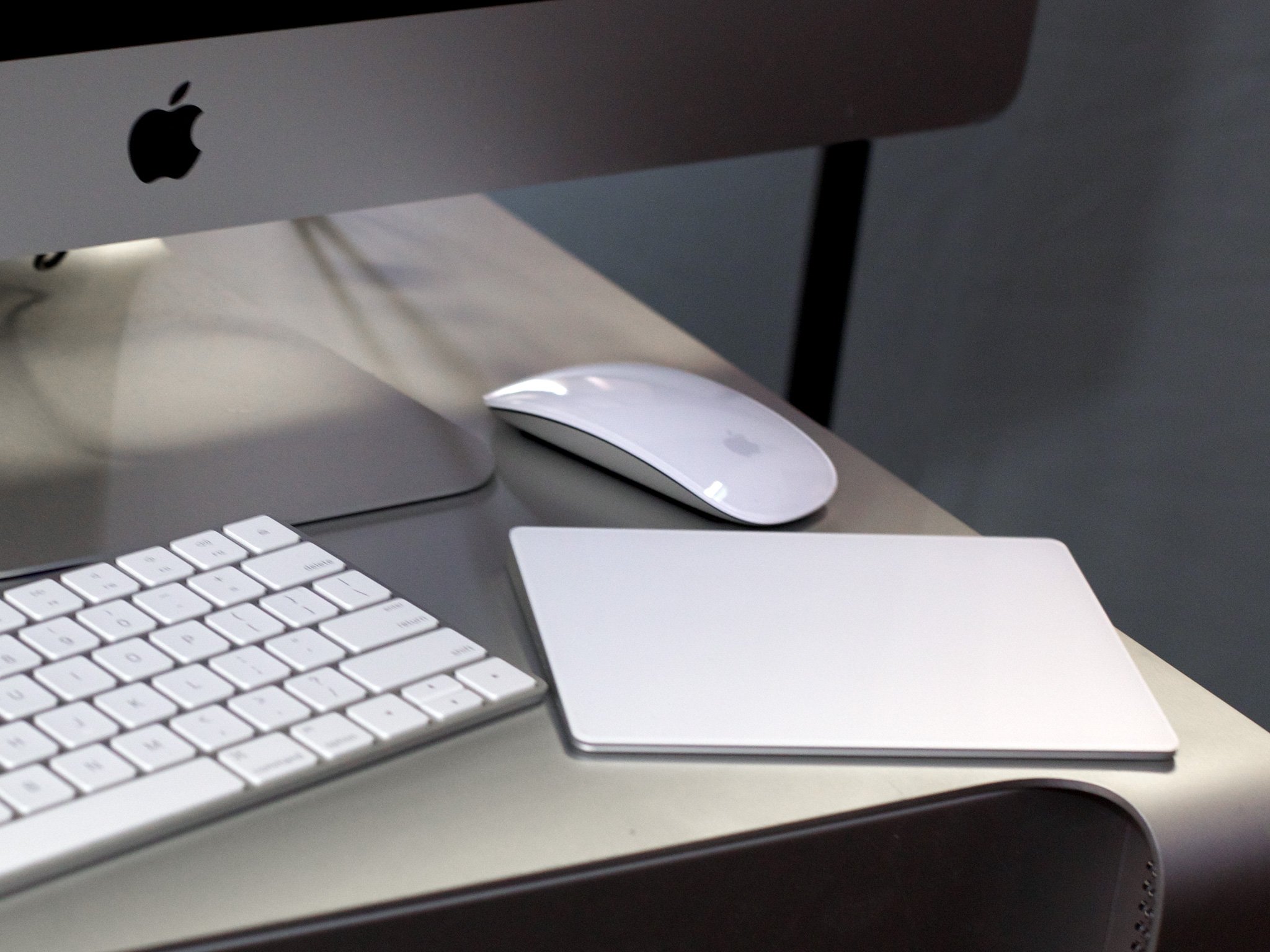
Force Touch may have been announced first with the Apple Watch but it shipped first on the new MacBook and, in so doing, brought the next generation of interactivity to the laptop. Now, the Magic Trackpad 2 aims to bring the same pressure sensitivity to desktop. Once again, it's multitouch made multidimensional, but this time for the iMac, Mac mini, and Mac Pro.
And while Force Touch—and Force Click—are the headline new features, the Magic Trackpad 2 also sports a new design and with it, a rechargeable lithium ion battery. Yet all of these updates come at a price—$129. So, is the Magic Trackpad 2 worth it?
For people who want:
- Force Touch on the desktop
- Rechargeable lithium-ion battery
Not for people who want:
- A mouse
- A cheap input device
Bottom Line
The new Magic Trackpad 2 is better than the old Magic Trackpad in every way. It's bigger, it's sturdier, the rechargeable lithium-ion battery is built right in, and it supports the same next-generation Force Touch technology found in the latest MacBooks. But all of that comes at a cost. For $129, you have to really want it.
Magic Trackpad 2 Table of Contents
Magic Trackpad 2 Design
Superficially, the Magic Trackpad 2 is a rounded rectangular wedge, lower in front, higher in back. It's 0.43 inches (109 mm) at its tallest point, 4.52 inches (1149 mm) deep, 6.3 inches (16 cm) wide, and weighs 0.51 pounds (0.231 kg). On the back there's an on/off switch, Lightning port, and plastic window to allow the Bluetooth signals in and out. Other than that, it's all aluminum and white glass.

The surface of the Magic Trackpad 2 is larger than the previous generation. Apple says by 29 percent. That makes it feel almost like a small touch-tablet, through stripped of everything but the touch. Because it no longer needs to hold AA batteries, it no longer needs the roll at the base. Because it does need to house the Force Touch and Tapic Engine assemblies, it no longer has the empty space beneath it either.
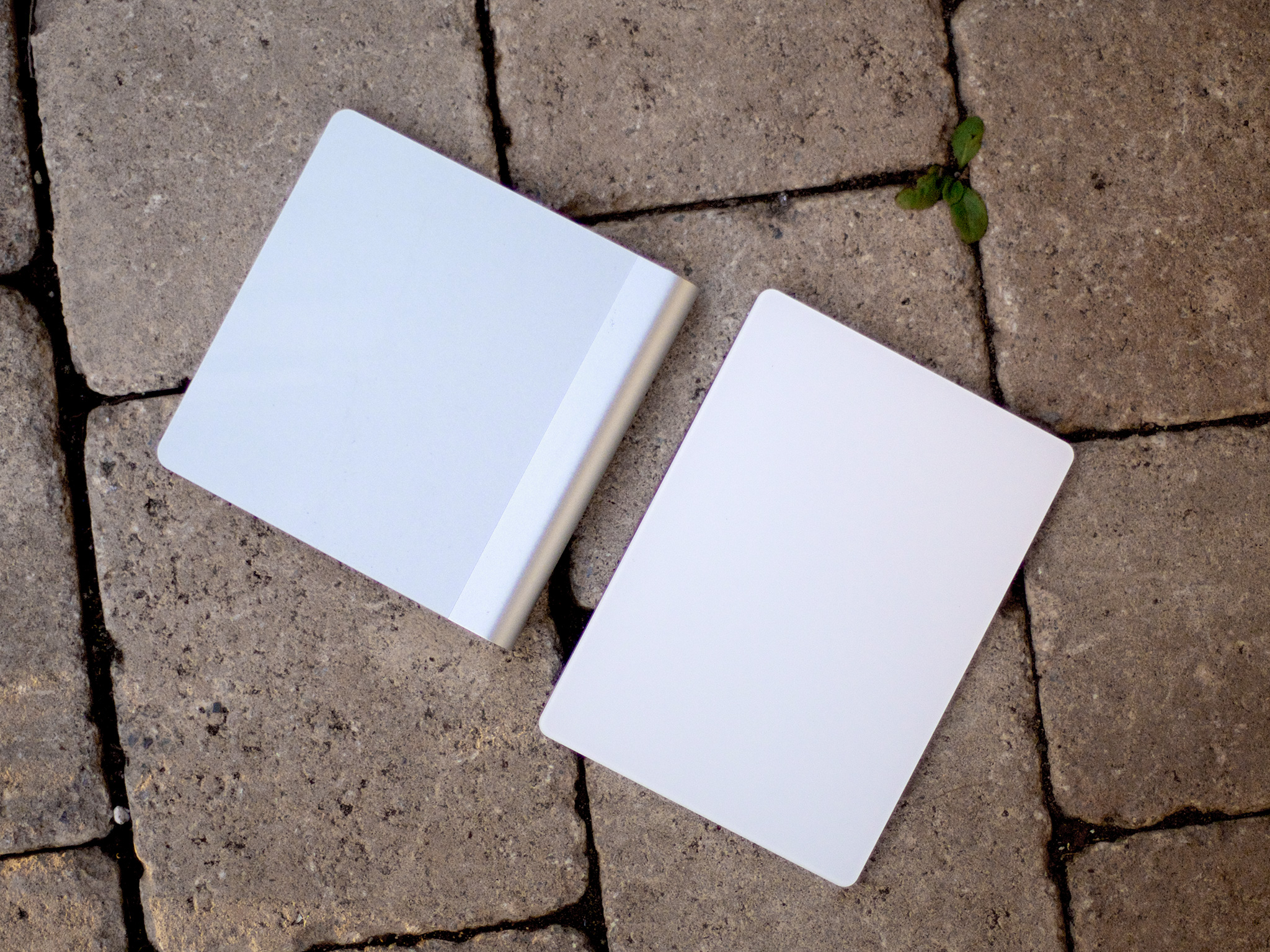
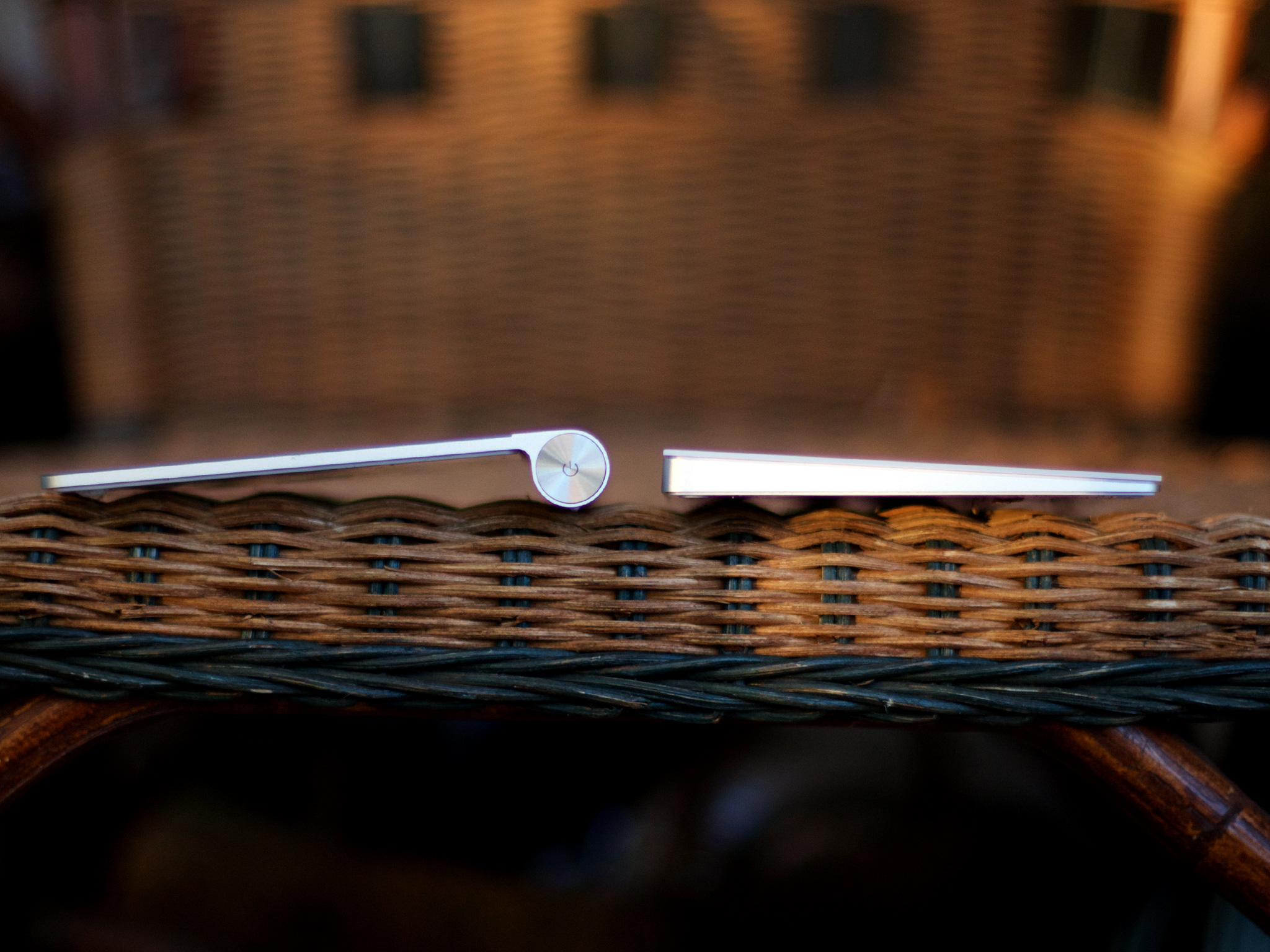
The result is something that feels remarkably solid. Indeed, it is solid and in a way beyond even the much thinner Force Touch trackpads in the new MacBook and MacBooks Pro. It feels exactly like them, though. Just more expansive, free even of the shallow cutout of the unibody.
The white color is stark, though. It's glass, and I know intellectually it won't discolor or get dirty the way other white finishes might, but emotionally it causes me stress. I initially wished Apple had kept the aluminum finish of the original Magic Trackpad, but now I'm not sure. Now I'm leaning towards wishing they'd gone with silver, space gray, and gold, like the MacBook.
I know it wouldn't match and iMac or Mac mini or Mac Pro, but neither does the white. The white matches only the white of the keys on the Magic Keyboard and the plastic on the Magic Mouse, and I'd prefer all of them be black or matched to Apple's more fashionable product lines.
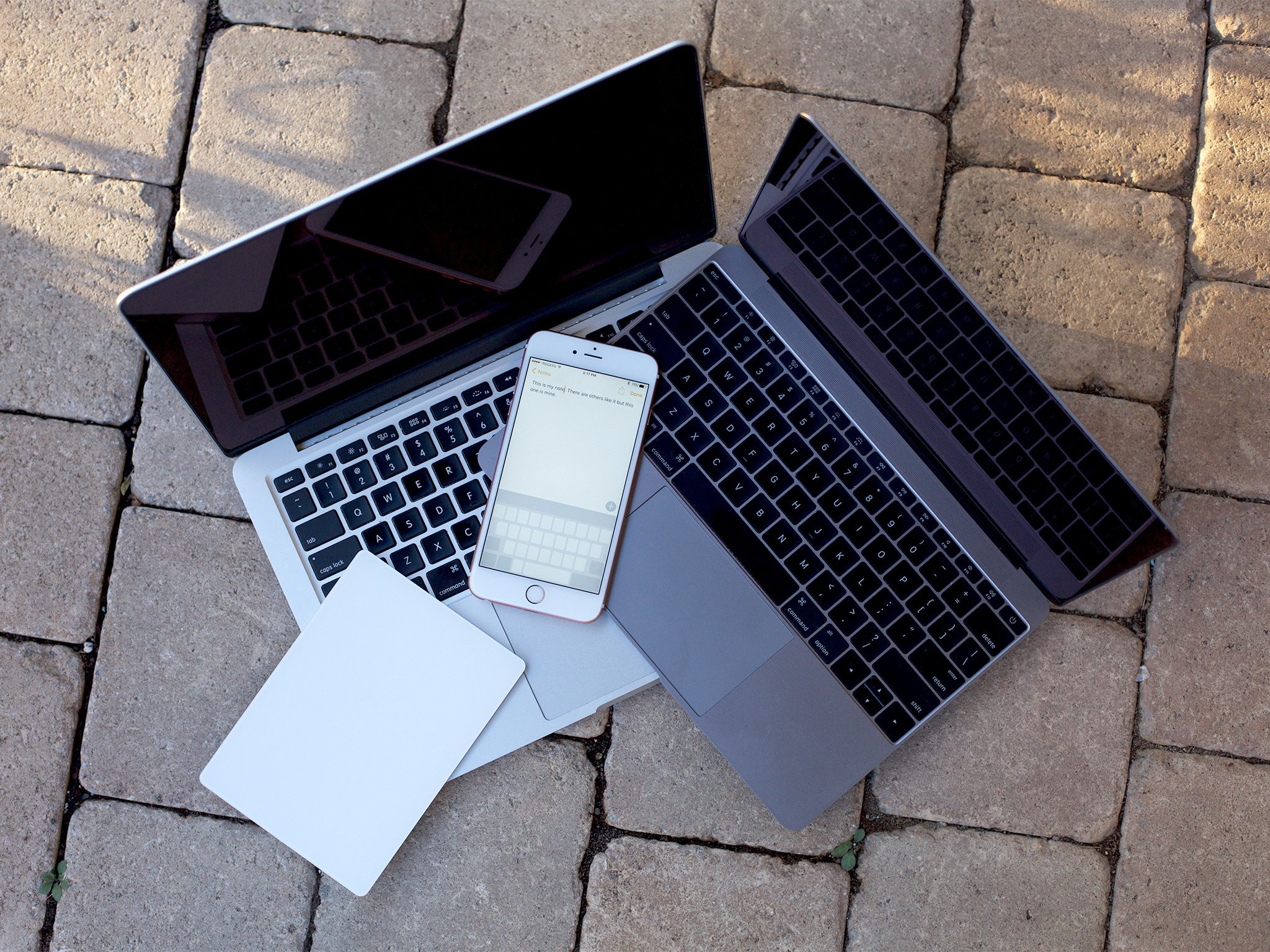
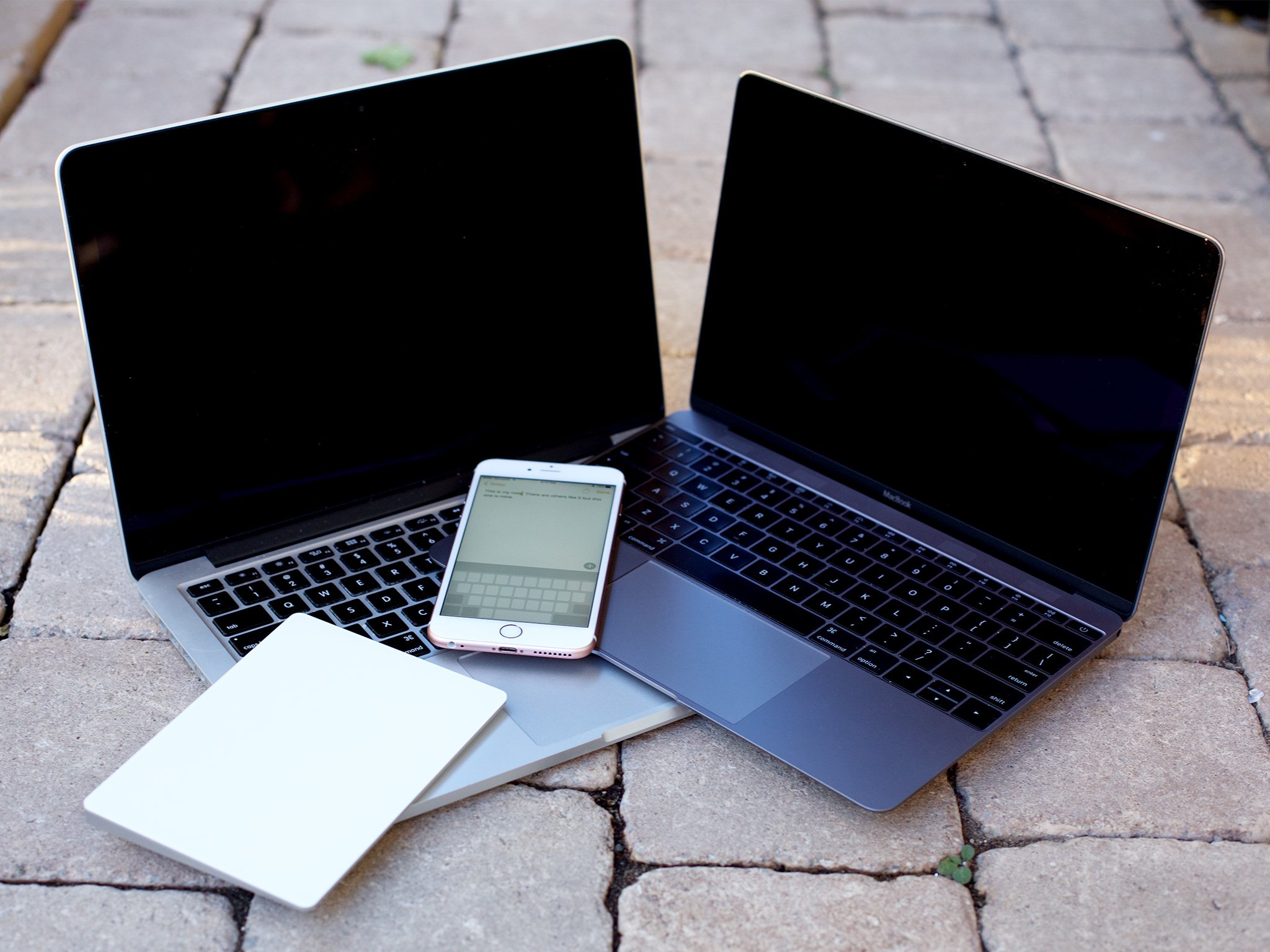
The new footprint does take up more space on the desk, but the new feeling and functionality make it worth it. Especially since it's offset by the smaller footprint of the new Magic Keyboard.
It's another example, perhaps one of the purest examples ever, of Apple's "inevitability" aesthetic. When it comes to design, it is exactly what it is, and in the best way possible.
Magic Trackpad 2 Functionality
The Magic Trackpad 2 is rechargeable now. Plug it in over the supplied Lightning cable—the same one that charges iPhones, iPads, and new Apple TV remotes—and it'll not only instantly pair to your Mac, but it'll replenish itself enough to last you over a month of regular use. Now that that's out of the way, lets talk about Force Touch.
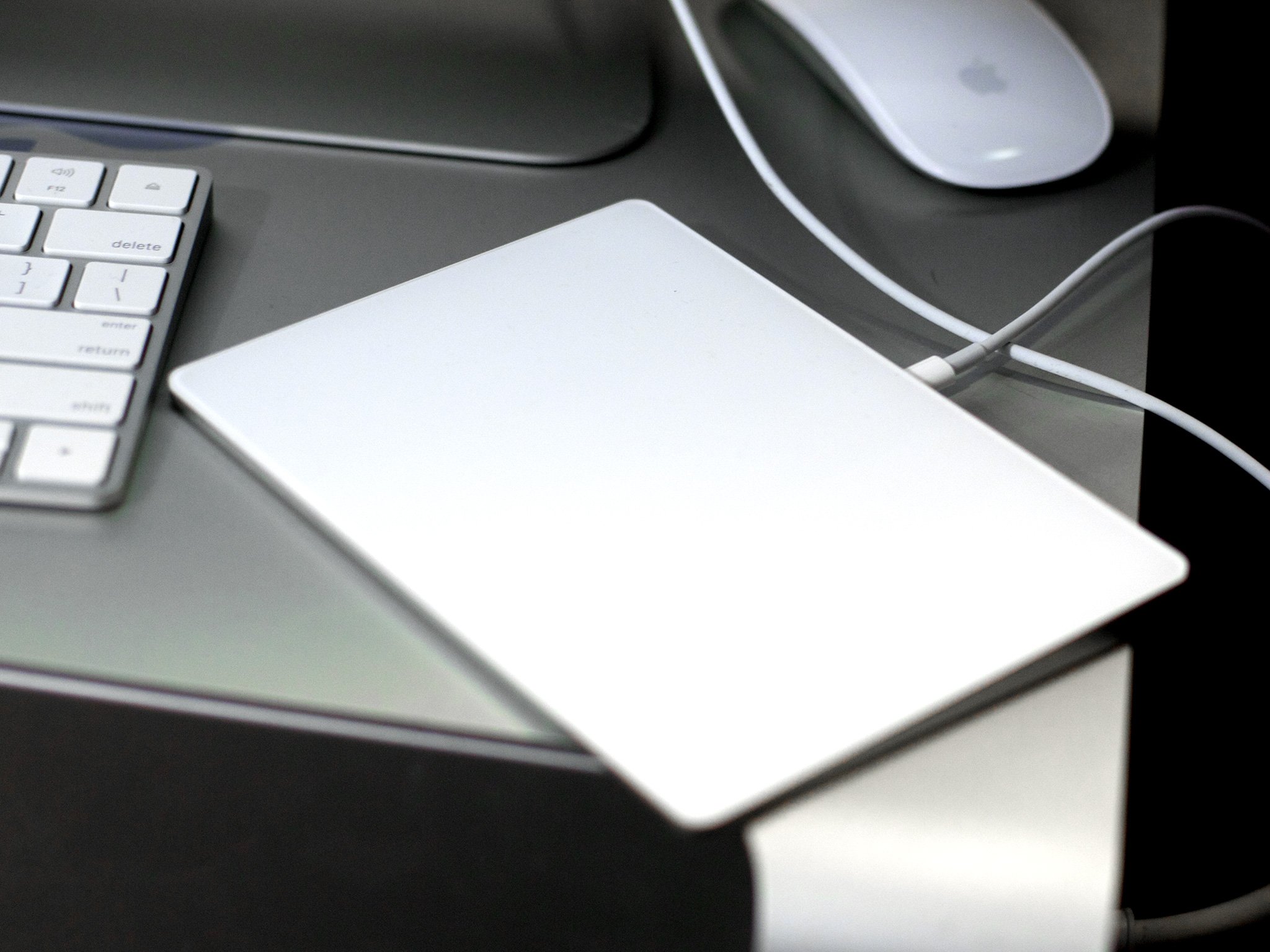
The greatest trick the new MacBook ever pulled was making you think you could click its Force Touch trackpad. Then, when you turned it off, you realized just how thoroughly you were being tricked. Just how great a lie your fingers were telling you. The Magic Trackpad 2 is exactly like that, but more so.
Because the Magic Trackpad 2 is just a wedge, when it's off it feels it really feels like just a wedge. Unmoving. That, if you tried to click it like it had a button, it would laugh at you. Then you turn it on and not only does proprioception make it feel like it's clicking, it makes it feel like it's clicking at different depths as well. It's ingeniously maddening. It also allows for a range of new functionality.
It's not necessary functionality because most people still don't have a Force Touch or Magic Trackpad, so Apple can't make OS X reliant on one being there. But it's convenient functionality, which can be extremely valuable. Similar to 3D Touch on the iPhons 6s, you can press deeper in links, data detectors, icons, avatars, and more to "peek" into other views and other apps.
- Force Click on a Dock icon to Expose the app's windows, a file icon to Quick Look it, or a file name to edit it.
- Force Click on a word to look it up in Dictionary or Wikipedia, an address to get a Maps preview, or a location to drop a pin.
- Force Click on a date to add it to Calendar, an event to see details, and an invitee to preview their contact card.
- Force Click on a link to preview a web site, an image or PDF to invoke Markup, or an iMessage conversation to see details.
You can also get the same type of pressure sensitivity out of it as you can 3D Touch, though sadly Apple's new Notes app doesn't include the Sketch functionality on OS X that it does on iOS. Apple is providing developer access to the Force Touch trackpad on OS X, though, so hopefully art, music, and other apps will soon start taking advantage of it.
There are already some interesting applications in Apple's apps. You can press harder to accelerate fast forward and rewind in QuickTime, for example, or to zoom in and out in Maps. And you can receive Taptic feedback so you "feel" when a slider is at its neutral or extreme points.
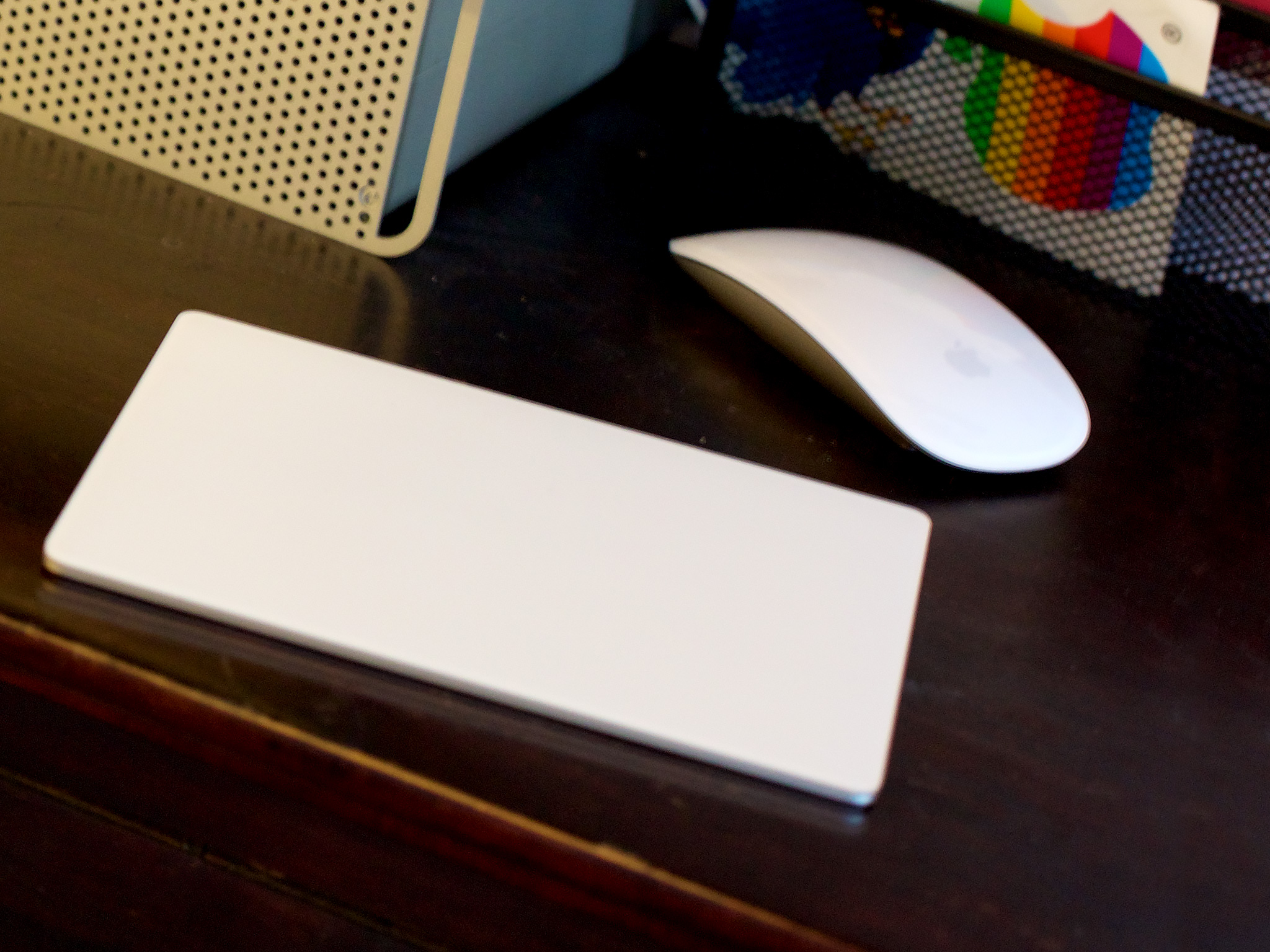
Force Click everything
The way Force Touch works on the stand-alone Magic Trackpad is identical to the way it works on the Force Touch Trackpad on the MacBooks. There are four sensors inside the trackpad that register how hard you press, and an electromagnetic Taptic Engine that returns haptic vibrations in response.
Crudely put, the Magic Trackpad is returning horizontal force that our fingers, because they're really not as discriminating as we think they are, are interpreting as vertical force. Even the sound of the click is partially faked—you can mute it in Settings if you prefer.
But Apple's not doing Force Touch to fool us or simply to be clever. The company is doing it so that they can fit fully operational trackpads into ridiculously thin laptops, since the mechanisms no longer have to stack beneath the surfaces. And provide fully functional clicks from top to bottom, since the mechanism no longer has to depend on an anchored physical switch.
It's science and engineering that feels like magic, and it's fascinating. The way in which it's being done, though, and even that it's being done, doesn't really matter. All that matters is that the magic totally work.
Magic Trackpad 2 Bottom Line
The minute Apple showed off the Force Touch Trackpad on the new MacBooks, everyone with a desktop or docked Mac wondered when it would be coming for them and theirs. With the Magic Trackpad 2, it's here. And it's glorious.
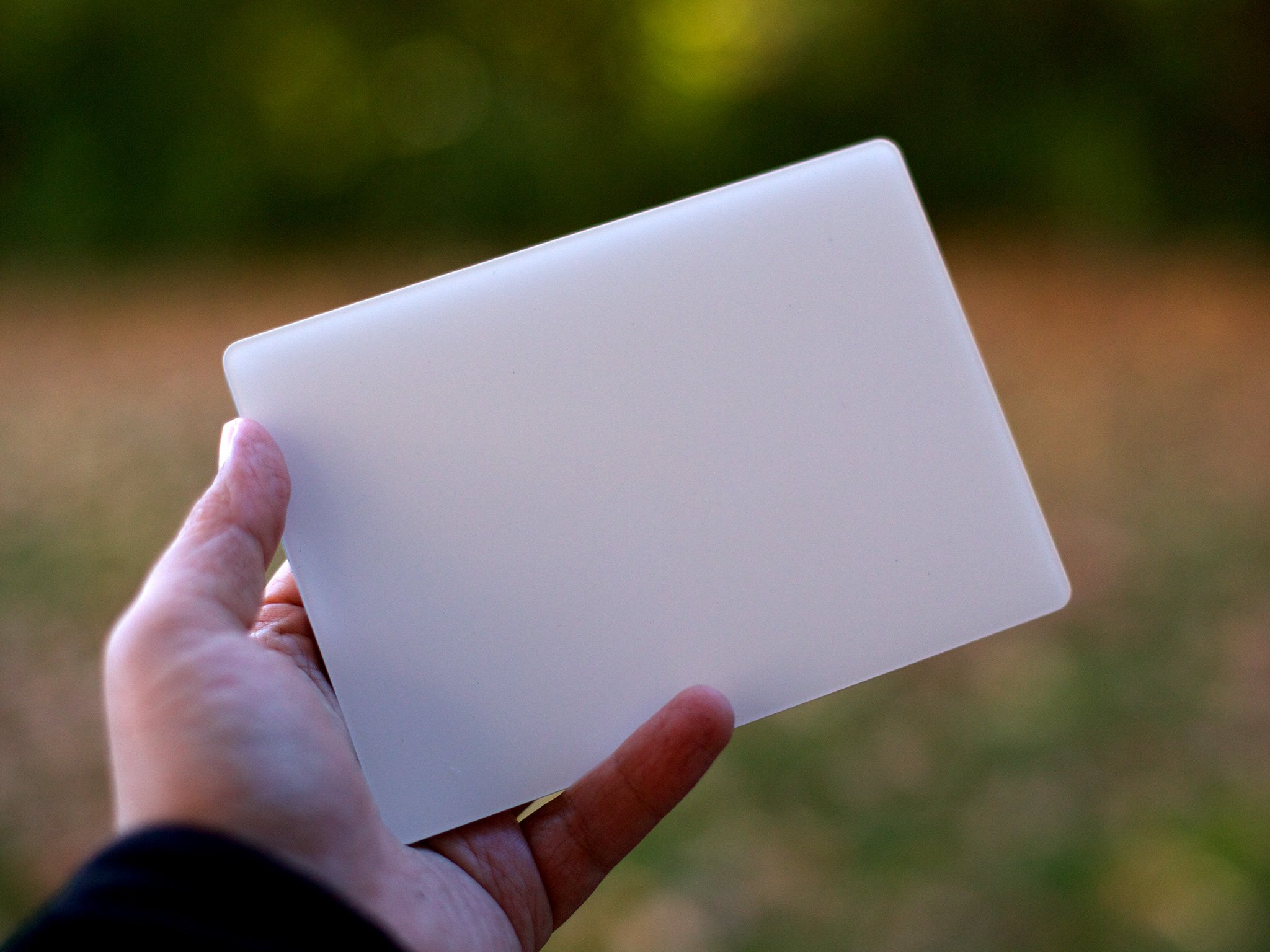
I'm not a huge fan of the color, but I like the new size and new design. And I love that I can now have a consistent experience between MacBook and iMac. That's incredibly important because Force Touch isn't currently a requirement for OS X. It's a convenience. And if it's not on all your devices, you'll never build up enough habit and enough muscle memory to really benefit from that convenience.
With the Magic Trackpad 2, though, I'm not just using Force Touch for the first time on my iMac, I remember to us it more often on my MacBook as well.
I'm not a fan of the mouse, and have never much enjoyed Apple's mouses, so whether or not those who love the mouse should switch to the Magic Trackpad 2 I can't say. If you have a Force Touch trackpad on your MacBook and want a consistent experience on our desktop Mac, however, you should consider it.
For those who have the original Magic Trackpad, the ability to recharge simply by plugging in is terrific, and the Force Touch, to me, makes it absolutely worth it.
And yes, that's taking into account the $129 sticker price, which is really high by input device standards. The future never comes cheap, especially Apple's vision of it, but if you can spare the cash you're in for a treat.

Rene Ritchie is one of the most respected Apple analysts in the business, reaching a combined audience of over 40 million readers a month. His YouTube channel, Vector, has over 90 thousand subscribers and 14 million views and his podcasts, including Debug, have been downloaded over 20 million times. He also regularly co-hosts MacBreak Weekly for the TWiT network and co-hosted CES Live! and Talk Mobile. Based in Montreal, Rene is a former director of product marketing, web developer, and graphic designer. He's authored several books and appeared on numerous television and radio segments to discuss Apple and the technology industry. When not working, he likes to cook, grapple, and spend time with his friends and family.
